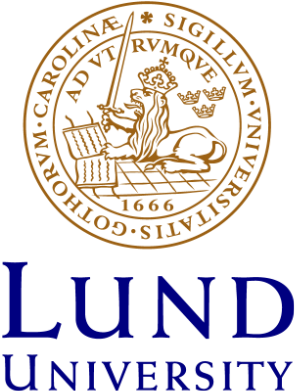Using transfer learning on 2D skeleton-based action recognition networks to improve performance on data from previously unseen camera angles
Action recognition is a task in computer vision of inferring an action performed by a subject given an image or video. In this thesis we looked at how the performance of an action recognition network changed when introduced to new angles and how incorporating that data in the training affects this performance. A state-of-the-art skeleton extraction network HRNet\_w48+DARK was used together with a
